Sinking of the Titanic: First full-sized digital scans show wreck in new light
- Published
- comments
Titanic: Video from 1986 shows wreckage after first discovery
The first ever full-sized digital scans of probably the most famous shipwreck of all time - the Titanic have been released.
Remote controlled robots took more than 700,00 images as part of the scans to let us see the entire ship as if the water has been drained away.
RMS Titanic sank on its first journey in 1912 after hitting an iceberg in the Atlantic Ocean.
The ship was built in Belfast. It then headed to Southampton where it started its first voyage to New York in the US, stopping in France and Ireland on the way.
Its first voyage was to be its last - the ship sank after hitting an iceberg and more than 1,500 passengers lost their lives.
Since then it's been a source of fascination to many people and the subject of a famous Hollywood movie.
When did the Titanic sink?
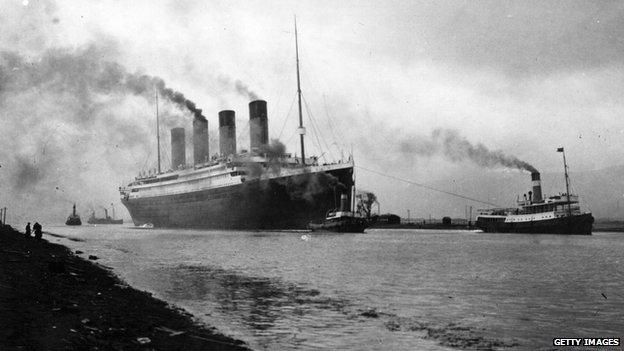
At the time it was the biggest ship ever made and was even described by some as "unsinkable".
More than 110 years on, the Titanic disaster and the hundreds of people who lost their lives are still remembered.
At 11.40pm on Sunday 14 April 1912, the Titanic was just four days into its first voyage across the Atlantic Ocean when it struck an iceberg.
Titanic was the biggest ship on the sea when she was launched in May 1911.
She was as tall as Nelson's Column in London.
Over 15,000 people helped build the ship
How did the Titanic sink?
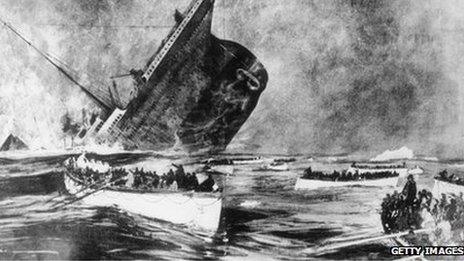
Within minutes of hitting the iceberg the ship began to take on thousands of tonnes of sea water through holes in its side.
The captain, Edward J Smith, ordered the lifeboats to be lowered, with women and children taking the first spots.
There were enough spaces for 1,000 passengers (not enough for all the people on board), but some of the boats were sent off half-full.
How many people survived the Titanic?
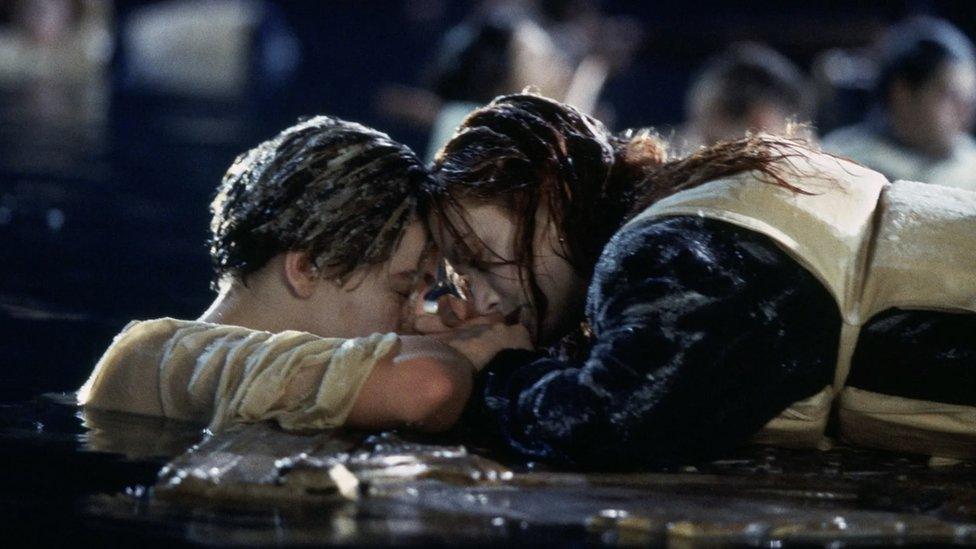
The film Titanic - starring Leonardo DiCaprio and Kate Winslet - was massively popular and grew interest in the wreck
When it started sinking, Captain Smith remained on board the ship and it's thought that he drowned when it sank.
When the Titanic sank, the nearest ship to answer its calls for help was the Carpathia, but it was four hours away so was only able to rescue some of the passengers.
Even though more than 1,500 people are thought to have died, around 700 passengers were rescued.
Where did the Titanic sink and where is the wreck?
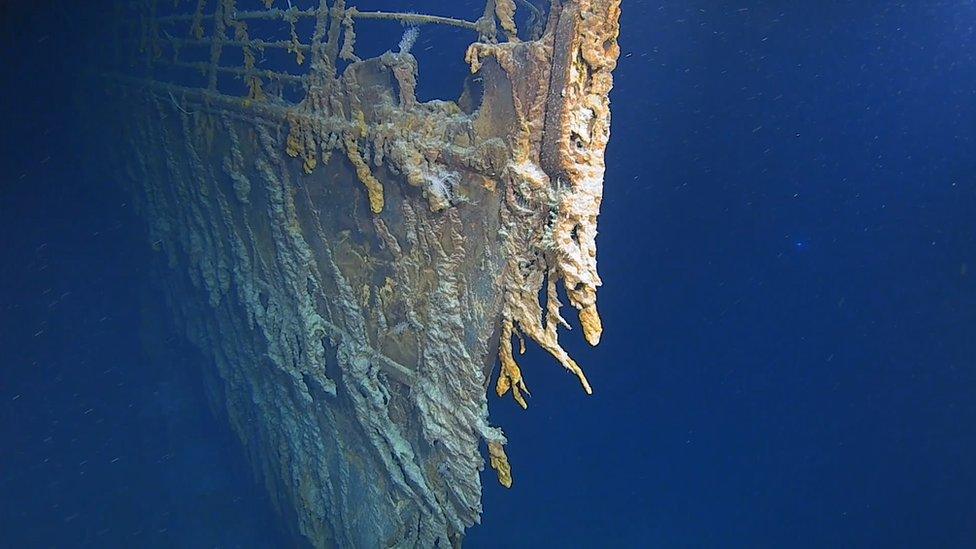
The bow of the Titanic is still recognisable after more than 110 years underwater
As it sank, the Titanic broke into two parts before it settled on the ocean floor, and for decades people searched for the wreckage.
In 1985, ocean explorers found it 2.5 miles underwater and 370 miles off the coast of Canada.
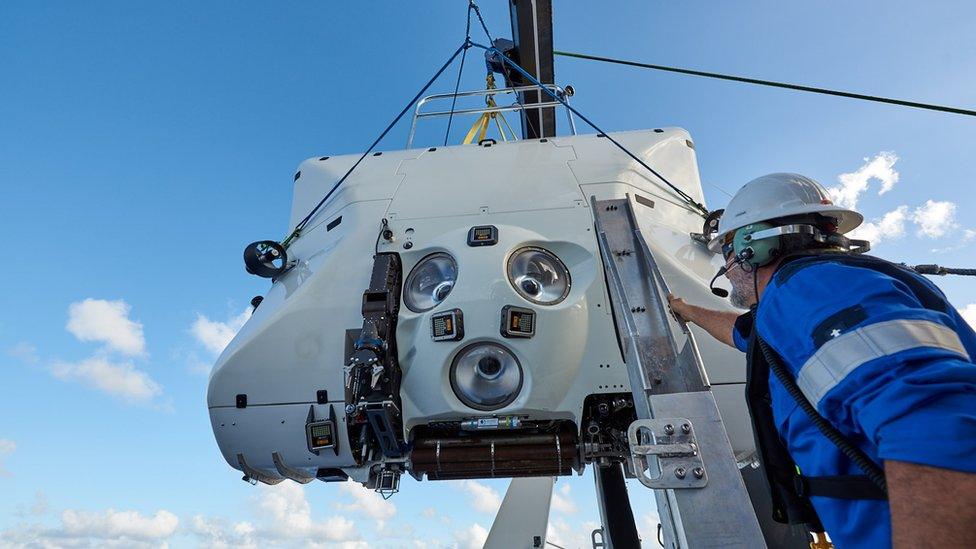
Explorers have used submersibles to explore the deep seas where the Titanic rests
In 1987, the first salvage expedition collected 1,800 Titanic artefacts and in 1998 the first Titanic tourists were able to dive to the wreck and in the same year a section of the hull was raised.
In 2010, the site was mapped by robots and in 2012 the wreck became a site protected by Unesco.
However a 2019 exploration of the site found that some of the wreck is deteriorating rapidly.
In February 2023, never before seen footage of the shipwreck was released by ocean explorers.
While parts of the wreck were in surprisingly good condition, other features had been lost to the sea.
Over the course of five submersible dives, an international team of deep-sea explorers surveyed the sunken ship, which lies 3,800m down in the Atlantic.
Titanic historian Parks Stephenson said some of what he saw during the dive was "shocking".
"Titanic is returning to nature," he added.
Strong ocean currents, salt corrosion and metal-eating bacteria are attacking the ship.
- Published10 April 2012

- Published6 November 2020
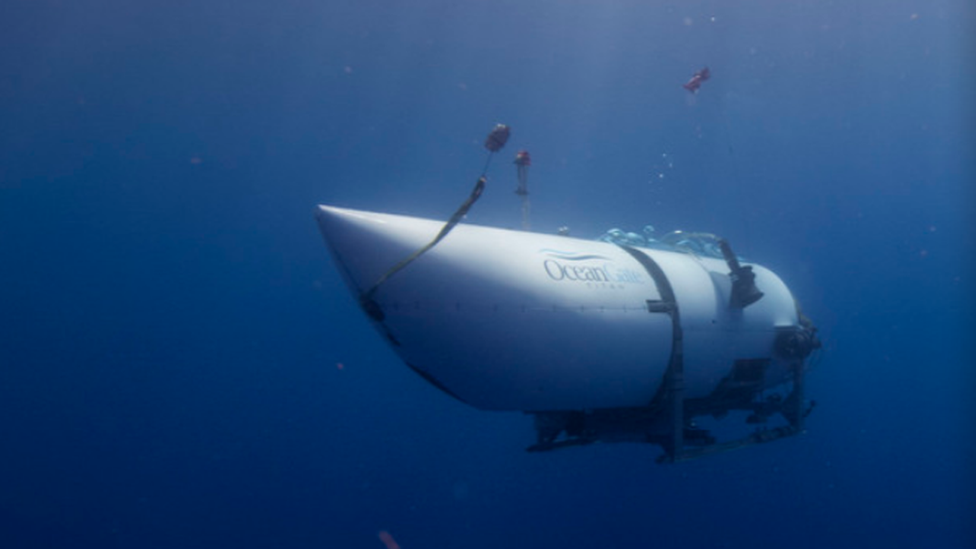
- Published19 October 2018

- Published11 April 2012
